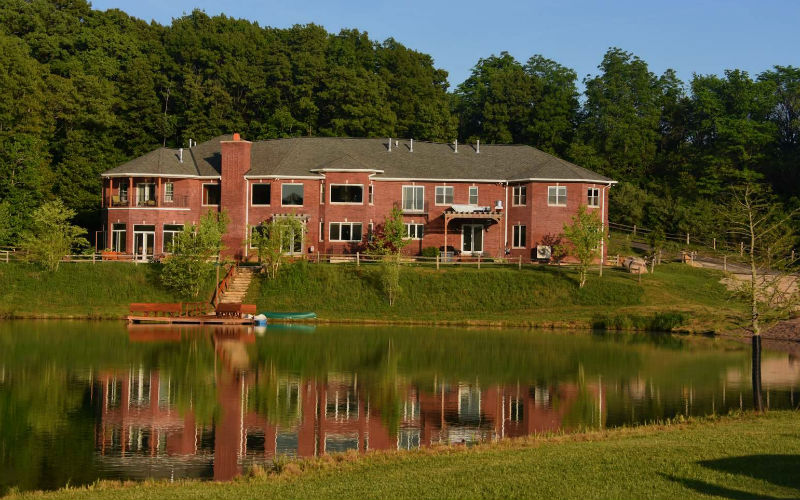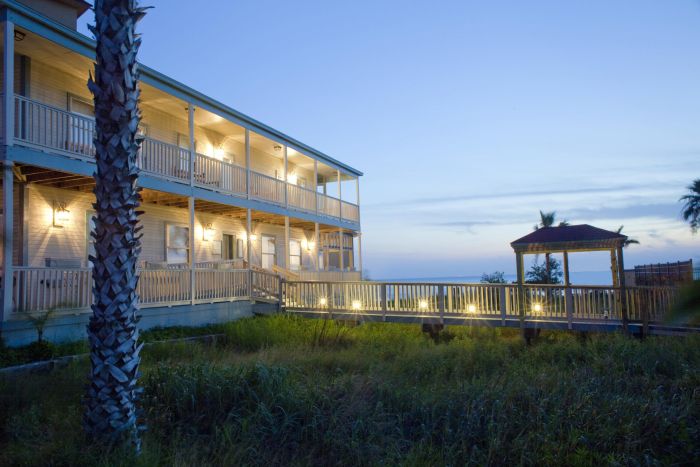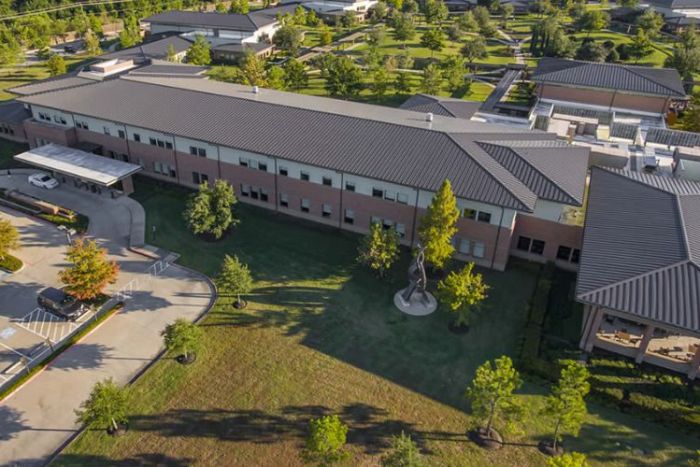Canada’s westernmost province, British Columbia (BC), is famous for its numerous outdoor opportunities in beautiful areas with mountains, lakes, beaches, and forests. Many treatment centers in BC take advantage of the region’s abundant and accessible nature by offering adventure outings such as river rafting, rock climbing, snowboarding, skiing, and more.
The peaceful settings of British Columbia offer space for reflection and growth. Many centers have walking trails and gardens on their grounds to facilitate mindfulness and healing. Several rehab facilities also offer gender-specific treatment, as well as programs tailored for other specific groups, such as Indigenous men or those who value spiritual wellness.
Nature can help you heal and recharge, and BC is a great choice for recovery if close access to the outdoors is important to you.
British Columbia’s Stunning Scenery
British Columbia’s natural geography of mountains, lakes, rivers, and beaches offers plentiful recreation opportunities. In fact, 75% of BC is covered by mountains, and the region boasts more protected areas than any other Canadian province. You’ll find beautiful coastal areas on the western side of the province, and breathtaking mountains on the eastern side.
When planning your stay at a residential treatment center, it’s important to remember that BC has all 4 seasons. If you’re attending a facility here in winter or spring, you’ll get to enjoy crisp weather and access to snow sports. Coastal areas get lots of rain, while the interior mountainous regions see more snow. Summer and fall in BC mean warmer weather and outdoor activities like swimming and hiking.
Being surrounded by nature may allow for a more relaxing, meditative experience. And in fact, this type of mindfulness can have a direct impact on your emotions.1 One study found that participants who walked outdoors for 20 minutes reported feeling more positive than those who walked indoors for the same amount of time.

This region offers many opportunities for outdoor activities with numerous hiking trails, mountain biking routes, rock climbing areas, and more. The parks in BC offer over 3,500 miles of trails 2 (~6,000 kilometers), many of which are located inside the province’s 1000+ provincial parks,3 recreation areas, conservancies, ecological reserves and protected areas.
Treatment Centers Surrounded by Nature
Whether or not you venture outdoors, attending rehab in BC means being surrounded by stunning views. For example, Top of the World Ranch was built on 600 acres in the Canadian Rocky Mountains. You’ll find forests, valleys, and lakes throughout the property. According to their team’s treatment philosophy, this environment offers clients “a great opportunity for growth and introspection, building towards your best self in the relative solitude of pristine natural surroundings.”
The emotional impact of this natural setting was not lost on Sean, a client who attended the treatment facility for 90 days in 2019. “It helped having 600 acres to explore in the Rocky Mountains,” he says. “Top of the World has saved my life, my marriage, and has given me a second chance.”
The Sunshine Coast Health Centre and the Georgia Strait Women’s Clinic both overlook a body of water called the Georgia Strait, in which clients can watch pods of whales and dolphins. You can also enjoy the snow-capped mountains, sandy beaches, and miles of uninhabited wilderness that surround these 2 properties.

Adventure Outings
Clients at rehabs in this area can embark on adventure outings in all seasons. In the winter, clients at Sunshine Coast Health Centre, Georgia Strait Women’s Clinic, and Valiant Recovery can go skiing and snowboarding. These activities give residents a break from time spent indoors during recovery.
In the warmer months, Nōmina Wellness takes residents white water rafting and on safaris, while clients at Top of the World Ranch can visit hot springs. Valiant Recovery provides access to a ropes course and zip-lining.
In addition to these off-site adventures, all of these programs allow residents to utilize the hiking and biking trails either on or near their properties. For some clients, this is an essential part of recovery. By engaging with nature, you may be able to heal in a more holistic and fully realized way.

Treatment in BC Is Tailored to You
Some rehab centers cater to specific demographics. You may prefer to attend a program designed to treat people who share commonalities with you, especially things you deeply value.
Spiritual & Holistic Healing Treatment Centers
Together We Can Drug & Alcohol Recovery & Education Society understands that the 200,000 indigenous people residing in BC4 may prefer to attend treatment programs that are designed with their cultures in mind. Their “All My Relations” program serves this demographic, supporting indigenous men as they heal from substance use disorders.
The staff at this rehab center recognizes that this demographic faces a unique set of challenges, and may have experienced both personal and collective trauma. With that in mind, the program empowers indigenous men to reclaim their cultural identities. Clients take part in traditions such as daily smudging and sweat lodge ceremonies. The recovery center also partners with elders and members of several Indigenous nations to provide workshops, ensuring that clients have access to the best possible care.
Chopra Addiction and Wellness Center focuses on spirituality, and is endorsed by Deepak Chopra, a well-known advocate for alternative medicine. The treatment facility combines Eastern practices with Western medicine to create a program that allows for spiritual growth. “We are very different in that we recognize that addiction is also a search for spiritual well-being,” says Chopra.
Chopra Addiction and Wellness Center is located on 10 acres of land along the banks of the Cheakamus River in Squamish, BC for a peaceful experience set deep in nature. In addition to individual and group therapy, clients can also participate in mindfulness activities like yoga, meditation, acupuncture, guided hikes, Ayurvedic massage, and art therapy. If you’d like to focus on spiritual healing during treatment, this program might meet your needs.
Gender-Specific Treatment
If you feel more at ease with members of your own gender, you may consider attending a program that offers gender-specific treatment.

Sunshine Coast Health Centre and Inspire Change Wellness Center are both men’s only treatment centers, while Georgia Strait Women’s Clinic and Westminster House only cater to women. Westwind Counselling’s residential care is women-only, but they serve all genders in a separate online program.
Men and women may experience different societal pressure and stressors. You may prefer to be among those of your own gender if you are currently healing from trauma or seeking treatment for an issue that members of your gender are more likely to experience.
If you don’t identify with a gender binary, this may not be an important factor in your search. Additionally, you may wish to find an identity-affirming rehab with programming expressly designed to make you feel safe, seen and accepted.
Treatment for Eating Disorders
Westwind Counselling is Canada’s first private eating disorder recovery facility. This program helps clients heal from anorexia nervosa, bulimia nervosa, binge eating disorder, avoidant/restrictive food intake disorder (ARFID), and orthorexia. They offer online treatment options for all genders as well as in-person care for women, and don’t require clients to first obtain a formal diagnosis. Westwind teaches clients about mindful eating, body acceptance, and emotional well-being. Research shows that these are all core components of treatment for eating disorders.5 This program helps clients feel more at home in their own bodies, empowering them to make healthier choices in the long term.
Vancouver’s Natural Diversity
Several centers are located either in or close to Vancouver. Together We Can Drug & Alcohol Recovery & Education Society is in the city itself, and numerous other treatment centers are within an hour’s drive. These programs have the best of both worlds: access to the great outdoors, and proximity to a thriving urban hub.
Diversity and Inclusion Is a Priority
Vancouver has a very diverse population,6 and has been ranked as the most livable city in Canada7 and the 16th worldwide, according to a 2021 report by the Economist Intelligence Unit. The study looked at stability, health care, culture and environment, education, and infrastructure of every major city in the world.
Perhaps because of its diversity, the city’s government is committed to creating a welcoming environment for all of its citizens. City staff meet with local community groups and agencies to better understand and meet the needs of residents. Officials emphasize programs for childcare, Indigenous peoples, youth, disadvantaged seniors, multicultural and diverse communities, and more. These priorities are reflected in their Healthy City Strategy,8 a plan with 13 different goals all aimed at making living in Vancouver better for everyone.
Vancouver has the 3rd largest urban Indigenous population of any Canadian city.9 Their Urban Indigenous Peoples’ Advisory Committee works with the city to ensure that Indigenous peoples have equal access to and are included in any new plans and procedures. Vancouver’s city council also determined that the unceded land in Vancouver still belongs to the Musqueam, Squamish, and Tsleil-Waututh Nations10 in a unanimous vote in 2014.
Vancouver is home to the biggest LGBTQ+ community11 and hosts the largest Pride parade in Western Canada. The event takes place every year during Pride Week and is put on by the Vancouver Pride Society, a not-for-profit organization that is committed to strengthening their community by ensuring that Vancouver’s LGBTQ+ population feels represented and included.
Explore the Outdoors in Vancouver Treatment Centers
There are many places to recreate in Vancouver. Residents and tourists alike enjoy access to many outdoor areas, including Lynn Canyon, Grouse Mountain, Deep Cove, and more. Stanley Park, located in downtown Vancouver, includes miles of trails, stunning beaches, cultural and historical landmarks in an area of 1000+ acres. Vancouver locals highly value access to nature.
Rehab centers in the area share that value. You may or may not be able to explore the city on your own during your stay, depending on your health status and your program’s approach to treatment. However, most Vancouver rehabs include plenty of outdoor space; some even have private beaches. Even if you remain on-site at a rehab for the duration of treatment, you’ll be able to enjoy this beautiful landscape.
A Temperate Climate
Vancouver rarely sees snow, and the winters are some of the most mild in Canada. If you decide to seek treatment in BC during the winter season but prefer more temperate weather, Vancouver may be a good option for you.
Planning Travel to British Columbia
British Columbia is easily accessible by car or plane. Because there are 5 main airports in the region, you can easily choose one close to your treatment center. Most facilities offer transportation directly to and from the airport. Make sure that you check with your admissions team before booking any travel, to find out which options are available.
A Peaceful Path Toward Recovery
Traveling to British Columbia can offer a new and peaceful space to start your recovery process. The variable landscape and climate allow you to choose which kind of environment you’d like to be in during treatment, whether that’s in a busy city like Vancouver, or a more peaceful, rural area. And in either setting, you can expect to spend plenty of time outdoors.
Visit our list of luxury treatment centers in beautiful British Columbia to see photos, read reviews, and more.
FAQ
How much does treatment cost in BC?
The cost of addiction treatment in BC varies by factors such as treatment type, length, and location. Some rehabs offer financial aid or insurance.
What are addiction treatment programs like in BC?
Rehabs in BC often offer experiential therapies that make the most of their naturally beautiful surroundings. Private rehabs provide tailored treatment, which may include holistic therapies.
Can I find women’s or LBGTQ+-affirming treatment in BC, Canada?
Yes. Some rehabs in BC offer specialized programs for certain client groups, including women and LBGTQ+ individuals.










